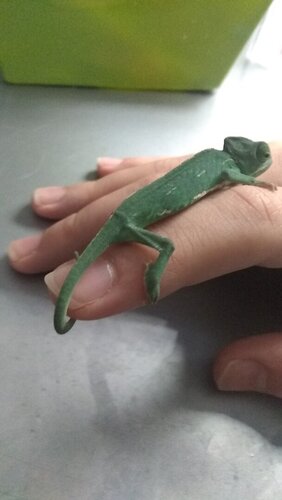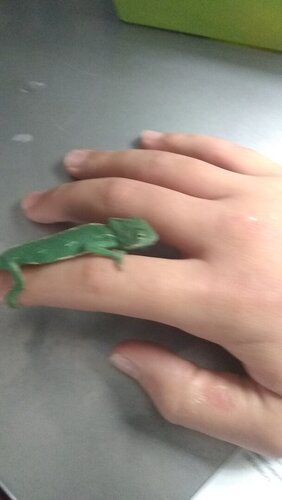Ringo_the_chameleon
New Member
So, about a week ago, I got a new chameleon named Ringo. So, I noticed he was sleeping earlier in the day, but didn't think about since it was still early in the morning. Then later I handled him for the first time, and he closed his right eye, but left the left one open. Is this normal? He is 3 months old, and has only been here for a week.








